Pop songs are catchy, intriguing, and downright addicting.
There’s something about them that just resonates within us, urging us to hit that replay button again and again.
But what’s the magic behind them that makes them truly stand out?…
Enter: pop chord progressions.
Those seamless transitions of chords you hear, flowing like a river, are not just any random mashup of sounds.
They’re carefully crafted pop chord progressions, the secret ingredients that give a pop song its unique flavor and unforgettable charm.
They provide a harmonic structure and set the stage for melody and rhythm to build upon.
Today, we’ll be diving deep into common chord progressions of the pop genre 一 exploring the building blocks behind countless hit songs.
In today’s article, we’ll be breaking down:
- Chord progressions ✓
- Major and minor scales and keys ✓
- How to decode chords & understand their Roman numerals ✓
- The top 7 most popular chord progressions for pop music ✓
- Creating your own catchy pop chord progressions ✓
By the end, you’ll be able to not only create your own pop chord progressions but be able to decipher the ones you hear on the radio too.
This way, you’ll have endless inspiration.
So, let’s dive in…
Table of Contents
- The Power of Chord Progressions in Pop Music
- Decoding Chords & Their Roman Numerals
- Major Chords vs Minor Chords
- The Key of C Major: The Root of Many Pop Songs
- The Top 7 Pop Chord Progressions
- #1. The Timeless I – V – vi – IV Progression
- #2. The Catchy I – vi – IV – V Progression
- #3. The Classic I – V – VI – V Progression
- #4. The Memorable vi – IV – I – V Progression
- #5. The Iconic I – IV – vi – V Progression
- Crafting Your Own Pop Chord Progressions
- Bonus: 2 More Popular Pop Chord Progressions
- Pop Chord Progressions: Final Thoughts
The Power of Chord Progressions in Pop Music
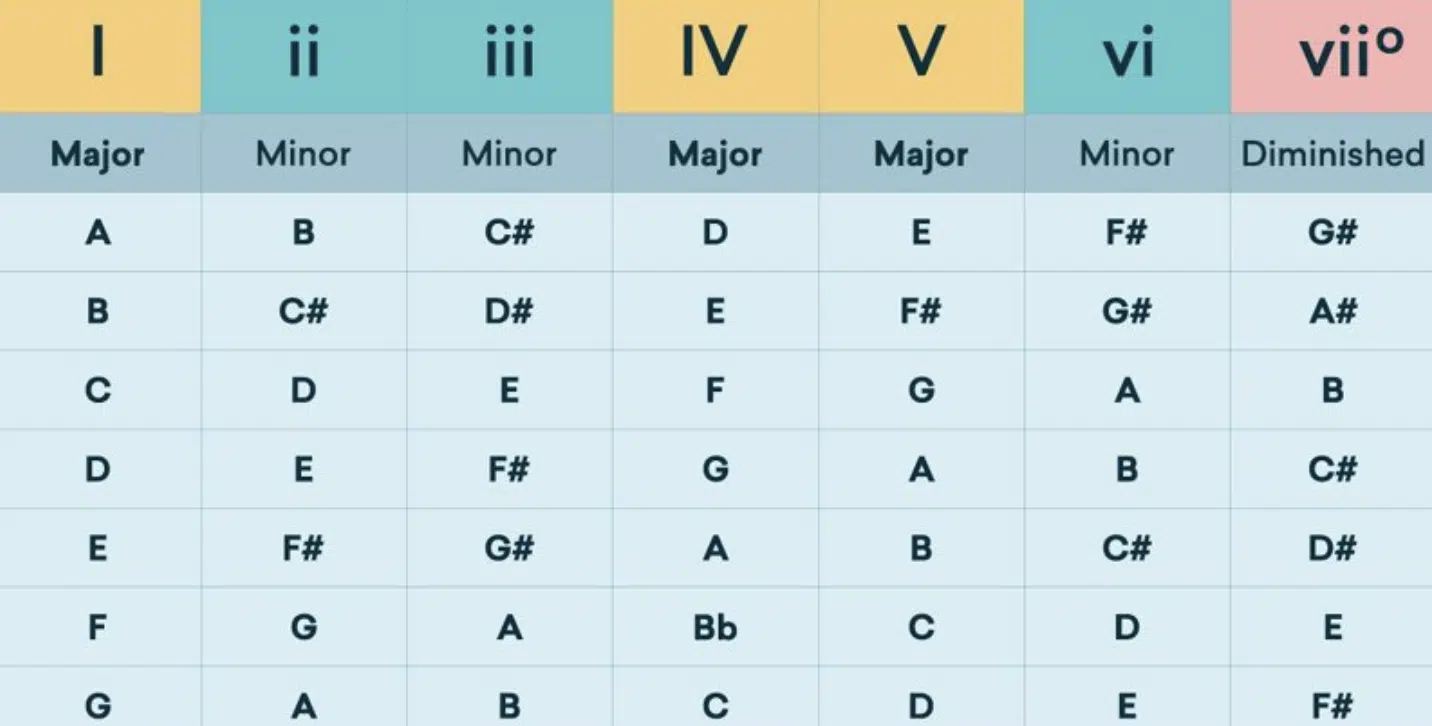
What do you think gives a pop song its infectious energy?
Melodies and hooks play a role, sure, but the real secret lies beneath them in the form of chord progressions.
Pop chord progressions are the unseen power that propels a pop song 一 creating a canvas for melodies and rhythms to dance upon.
By understanding them, you can unlock the secret to creating pop music that truly resonates with your audience.
Luckily, we’ll be breaking it all down today.
Whether you’re a seasoned vet or just learning how to become a music producer, understanding pop chord progressions is key to crafting catchy and compelling pop music.
Chord progressions are a sequence of chords that give a song its harmonic structure.
In pop music, certain progressions have become staples, frequently used due to their pleasing sound and emotional resonance.
One of the most common chord progressions, the I-V-vi-IV, has been a defining factor in numerous pop songs.
This progression exudes strong emotional energy, creating a universal appeal that has made it a favorite among songwriters.
Decoding Chords & Their Roman Numerals

Understanding chord progressions can help you produce killer pop songs and craft catchy hooks.
The root chord, or the first chord of the key you’re playing in, can often be a great place to start when crafting your song.
By pairing a catchy melody with a solid progression, you’re well on your way to creating a pop song that listeners will love.
In music theory, we often talk about chords using Roman numerals.
This allows us to discuss chord progressions without being tied to a specific key.
For instance, the I – V – vi – IV progression can be played in any key, making it a versatile tool in your music production arsenal.
You’ll notice that some Roman numerals are uppercase (I, IV, V) while others are lowercase (ii, iii, vi).
- Uppercase numerals: Represent major chords, which typically sound bright or happy.
- Lowercase numerals: Denote minor chords, associated with a sadder or more introspective mood.
This distinction is essential when you’re writing any type of chord progression.
Consider the key of C Major…
- The I, IV, and V chords would be 一 C, F, and G, all major chords.
- The ii, iii, and vi chords would be 一 D minor, E minor, and A minor.
This system allows us to understand and communicate chord progressions easily, regardless of the key.
Major Chords vs Minor Chords
Major and minor chords are the primary colors in our palette of musical expression.
Major chords (represented by uppercase Roman numerals) are typically associated with bright, positive, or uplifting moods.
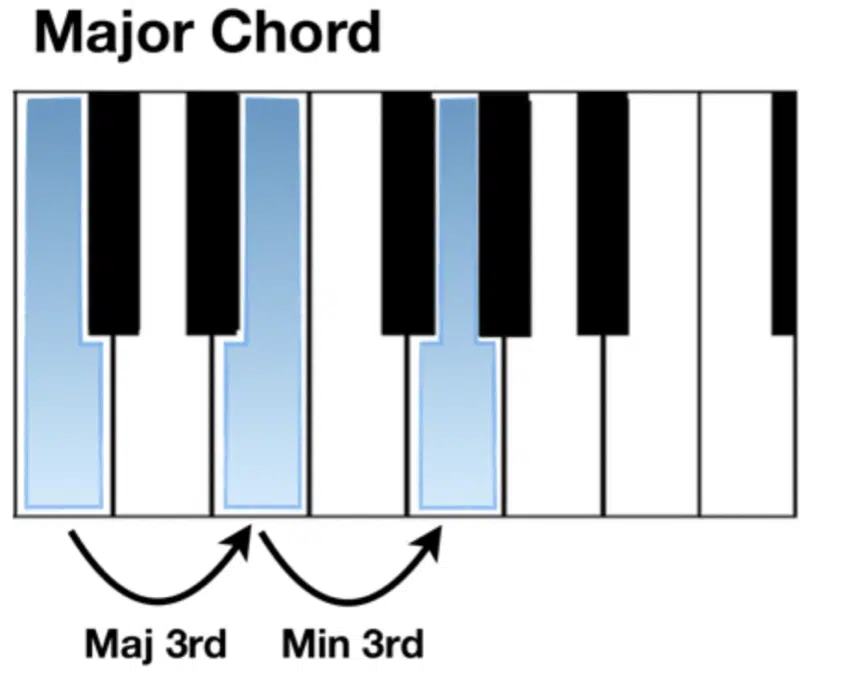
For instance, in the key of C major:
- The I chord is C major
- IV is F major
- V is G major
These chords often serve as the backbone for melodies that evoke feelings of happiness or resolution.
Minor chords (represented by lowercase Roman numerals are often linked to more introspective, melancholic, or tense moods.
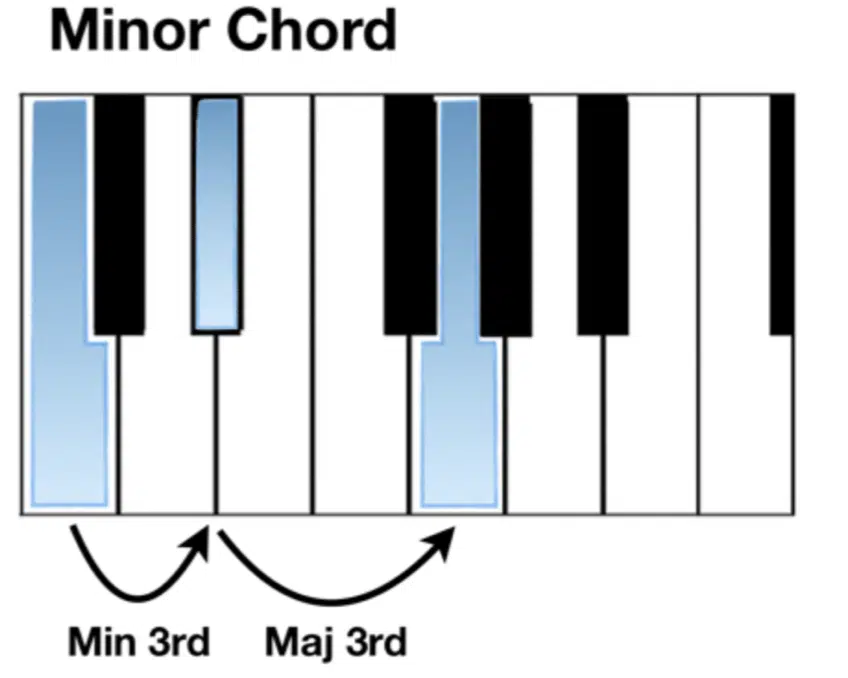
In the key of C major:
- The ii chord is D minor
- iii is E minor
- vi is A minor
These chords can add depth and emotional complexity to your pop compositions 一 allowing for more nuanced storytelling through your music.
Understanding this “language” of major and minor chords will enable you to create chord progressions that effectively express the emotional content of your song.
The ability to deliberately choose and arrange these chords can provide a compelling harmonic narrative to support your lyrics and melodies.
The Key of C Major: The Root of Many Pop Songs

The key of C major is a common starting point for many musicians (especially beginners), mainly because it’s the only major key that doesn’t require any sharps or flats.
This simplicity makes it an ideal key for learning, writing, and explaining music theory.
Moreover, the key of C major also forms the basis for many popular pop chord progressions.
The aforementioned I-V-vi-IV progression, in the key of C major, would be C-G-Am-F.
This progression forms the harmonic foundation for countless pop hits and is a great place to start when exploring the world of pop chord progressions.
Now that we have a firm understanding of chords, Roman numerals, and the role they play in pop music, let’s delve deeper into some specific pop chord progressions.
NOTE: If you need to brush up on your music theory, we’ve got you covered.
The Top 7 Pop Chord Progressions
Just a quick reminder before we break down the 7 top pop chord progressions…
While these are common chord progressions in pop music, the magic lies in how you utilize them.
The same progression can sound dramatically different in the hands of different musicians.
With that in mind, let’s dive into these top pop chord progressions!
#1. The Timeless I – V – vi – IV Progression
The I – V – vi – IV progression is one of the most common chord progressions in pop music.
Translated to the key of C major, we get:
- C
- G
- Am
- F
This progression is responsible for some of the catchiest pop songs (pop chord progressions) on the charts.
The hit song “Poker Face” by Lady Gaga, as well as “All Of Me” by John Legend are both iconic pop hits that heavily feature the I – V – vi – IV progression.
Despite having the same chord progression, these songs each have a unique vibe, proving just how versatile this progression can be.
This progression is easy to play and has a natural forward momentum 一 making it an excellent choice for crafting engaging pop hooks.
NOTE: It’s a super safe bet if you’re looking for a chord progression that’s tried and true.
#2. The Catchy I – vi – IV – V Progression
Next up is the extremely catchy I – vi – IV – V progression.
In the key of C Major, this translates to:
- C
- Am
- F
- G
This pop chord progression has a light, bouncy feel that’s perfect for crafting catchy pop melodies.
An iconic example of this progression can be heard in Charlie Puth’s hit “Attention.”
The repetition of the I – vi – IV – V progression throughout the song drives the memorable melody.
The simple, repetitive nature of this progression makes it incredibly memorable and a go-to for many hit songs.
By incorporating it into your tracks, you can create the next hit pop song in no time.
#3. The Classic I – V – VI – V Progression
The I – V – VI – V progression is another common chord progression in pop music.
When played in the key of C Major, this chord progression becomes:
- C
- G
- F
- G
It has a looping quality that gives songs a sense of endless forward motion.
This progression is used in many pop songs, including Maroon 5’s “She Will Be Loved.”
Despite the seemingly endless repetition of the chord progression, it never grows tiresome 一 showing how this progression can be used to sustain interest throughout a song.
Also, people love it because it feels very familiar and comforting in a sense.
#4. The Memorable vi – IV – I – V Progression
A slight twist on the I – V – vi – IV progression, the vi – IV – I – V progression starts on a minor chord, giving it a more melancholic sound.
In the Key of C Major, we get
- Am
- F
- C
- G
This progression, manifested from the minor scale, has a unique, moody feel, making it perfect for emotional ballads.
Think about the haunting melodies of “Zombie” by The Cranberries (which owes much of its atmosphere to this chord progression).
The vi – IV – I – V progression can be quite emotive, and if you’re aiming to evoke strong feelings in your listeners, this progression is an excellent choice.
One additional song that utilizes this progression is “Someone You Loved” by Lewis Capaldi.
The song is a heartfelt ballad that’s been a hit among listeners worldwide, and it shows how a common chord progression can still make a massive impact.
NOTE: Remember that you’re not confined to the Key of C Major.
Experiment with different keys to discover the unique vibe each key brings to this progression.
#5. The Iconic I – IV – vi – V Progression
The I – IV – vi – V progression, translated to C Major, becomes
- C
- F
- Am
- G
This progression has a pleasing, circular feel that’s sure to get heads bobbing.
A classic example of this progression in action can be found in The Beatles’ “Let It Be.”
The track weaves this progression into a memorable, timeless melody that has resonated with audiences for decades.
The song “Havana” by Camila Cabello is also a great example of the I – IV – vi – V progression.
It’s catchy, and the unique rhythm and melody add interest to the common progression.
The I – IV – vi – V is another progression that’s ripe for experimentation.
Try transposing it to different keys or modifying the rhythm to create your own unique take on this pop staple.
You may even find it interesting to play with the order of these chords.
The beauty of pop music lies in its flexibility and overall versatility; there are no rules.
#6. The Legendary I – IV – V Progression
The I – IV – V progression is often associated with blues and rock music (amongst other various genres), but it’s found its way into pop as well.
In C Major, we’re looking at:
- C
- F
- G
You’ll find this progression in many hit songs like “La Bamba” by Ritchie Valens.
Shawn Mendes’ “Stitches” is a more modern song that uses the I – IV – V progression.
The simplicity of this progression supports the catchy melody, making it a hit among pop music fans.
Despite being just three chords, the I – IV – V progression has a dynamic energy that’s hard to resist.
Don’t be deceived by its more basic nature 一 there’s a lot you can do with this insanely popular progression.
Play around with various chord voicings, rhythmic patterns, and melodic lines to uncover their full potential.
#7. The Sophisticated ii – V – I Progression
Finally, we arrive at the sophisticated ii – V – I chord progression.
In the Key of C Major, this would be:
- Dm
- G
- C
While this progression is often associated with common chord progressions in jazz, it’s found a home in pop music as well.
It’s a smooth, elegant progression that can add a sophisticated touch to your song, like in “I Will Always Love You” by Whitney Houston.
You can also hear the ii – V – I progression in action in Dua Lipa’s “Don’t Start Now.”
The progression contributes to the song’s dance-pop vibe and catchy rhythm.
The ii – V – I progression forms the backbone of this unforgettable hit 一 demonstrating its ability to drive powerful, emotional songs.
Compared to other pop chord progressions, the ii – V – I progression is great for transitioning between different sections of a song, thanks to its natural resolution to the I chord.
Remember, there’s no rule that says you must stick to these progressions exactly as they are.
Part of being a creative musician is bending and breaking the rules to discover new, exciting sounds.
Crafting Your Own Pop Chord Progressions
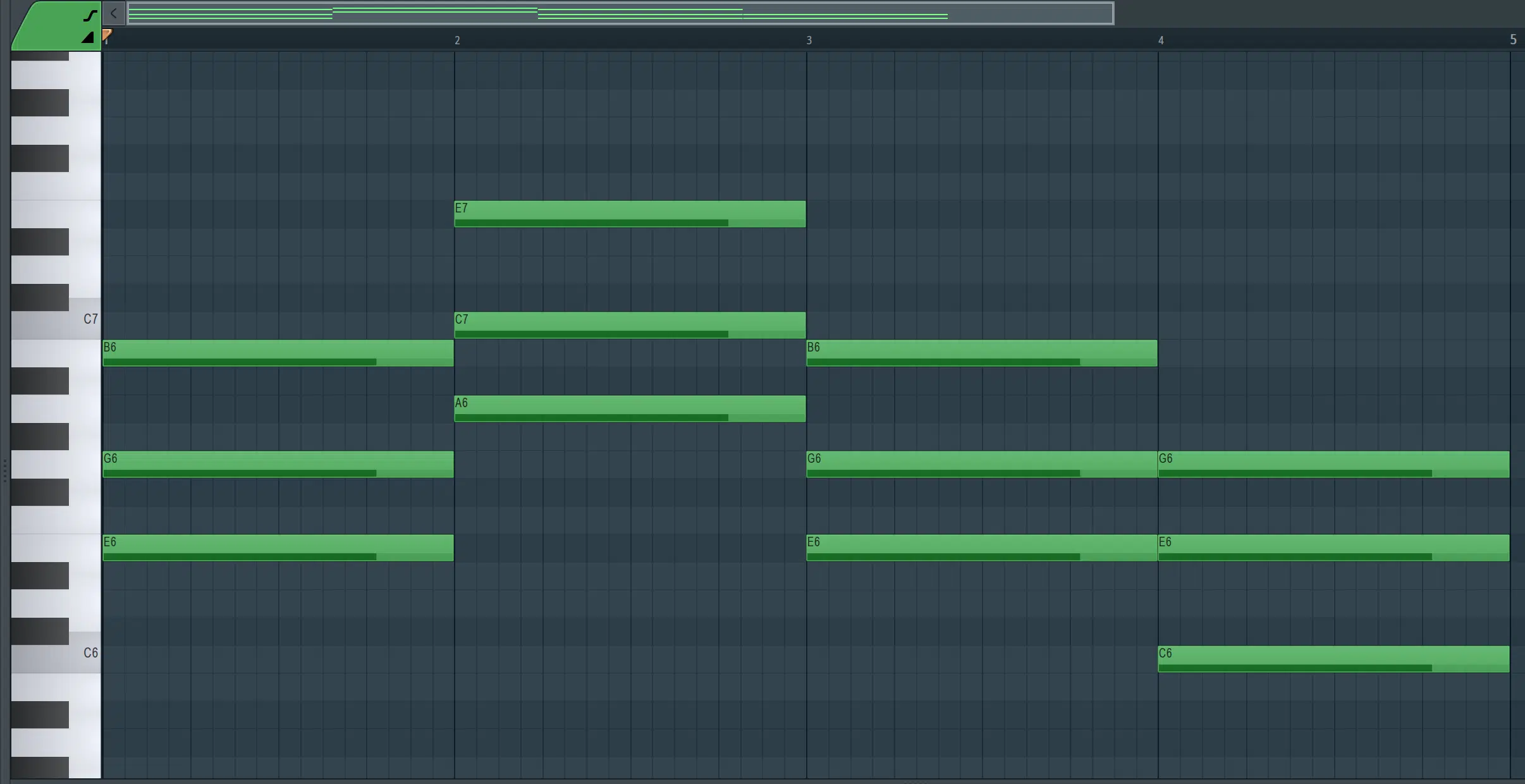
Now that we’ve explored the most common pop chord progressions, let’s look at how you can use this knowledge to craft your own.
Understanding chord progressions is like gaining a new vocabulary in the language of music.
Whether you’re creating pop chord progressions, hip hop chord progressions, or trap chord progressions, the ability to be ‘fluent’ (so to speak) is crucial.
You now have these new phrases at your disposal, which you can:
- Rearrange
- Combine
- Manipulate
This way, you can create something unique to your personal style and unique vibe.
But creating your own chord progression isn’t just about knowledge…
It’s about emotion and intuition behind the actual chords (like the C chord).
Different progressions evoke different feelings, so it’s crucial to choose a progression that matches the emotional intent of your song.
Don’t be afraid to experiment and take risks.
Some of the best pop songs ever written have come from a willingness to push the boundaries and break the mold.
And remember, even the most complex chord progression will fall flat without a compelling melody and lyrics to match.
Ensure that all elements of your song work together to create a cohesive, engaging musical story.
-
Further Understanding the Progression & Its Role
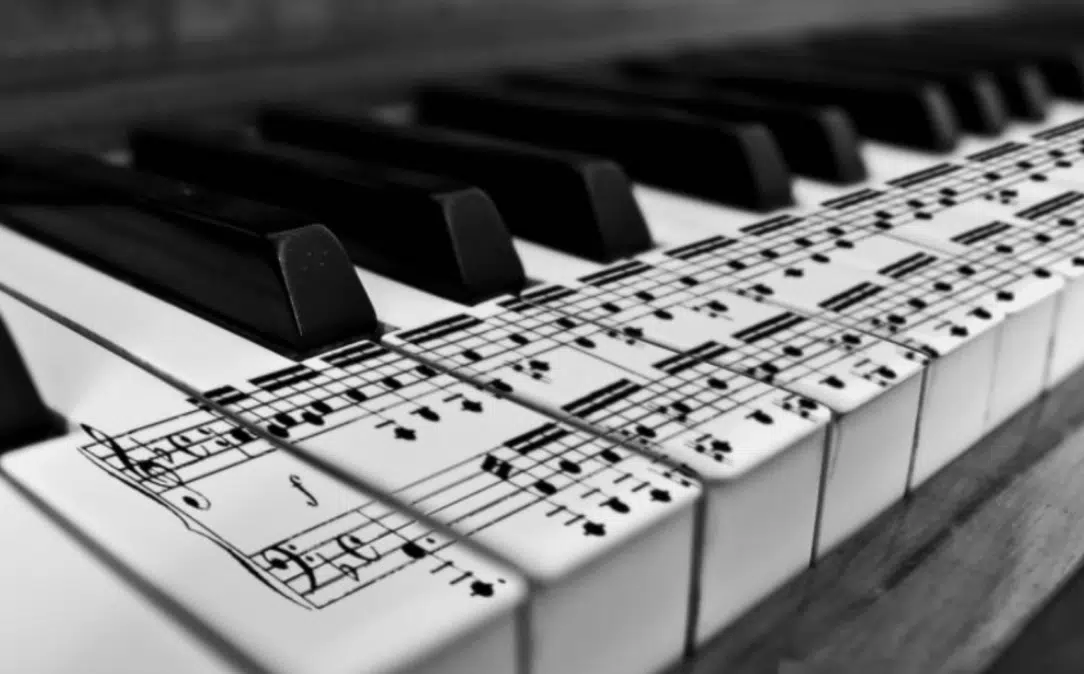
Every chord progression you choose plays a significant role in defining your song’s overall mood, style, and narrative.
For instance:
- The I – IV – V chord progression 一 Might lend itself well to an upbeat, energetic pop song.
- The vi – IV – I – V chord progression 一 Might be better suited to a poignant, reflective ballad.
But chord progressions aren’t just about setting the mood.
They also provide a roadmap for your melody to smoothly follow.
The notes within each chord can act as guideposts, helping you craft a melody that’s harmonically grounded and pleasing to the ear.
-
Experimenting with Different Chords & Keys
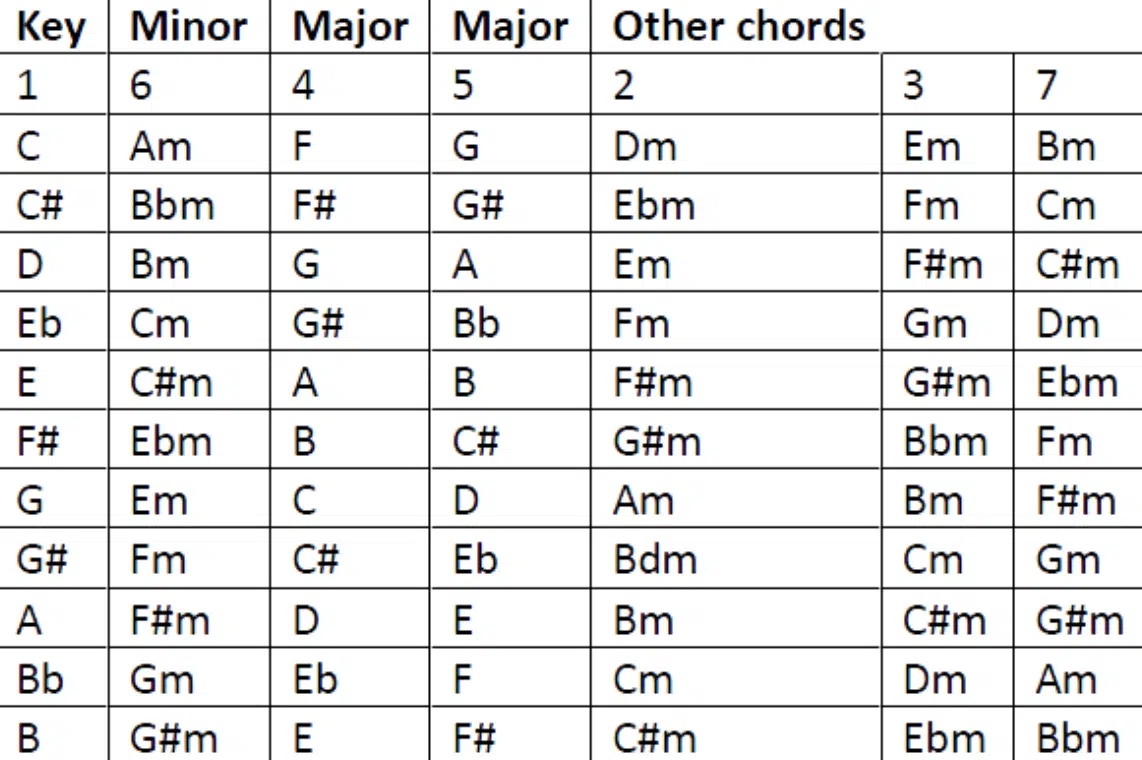
The beauty of chord progressions lies in their flexibility.
A single progression can sound drastically different depending on the chords and key you choose.
For example, transposing a progression to a different key can significantly alter its mood.
A progression that sounds happy and upbeat in C Major might take on a more somber tone in E Minor.
Don’t be afraid to mix and match chords either.
NOTE: Try substituting a major chord for the same chords in minor form (or vice versa) and see how it changes the feel of the pop chord progression.
Similarly, you can add complexity and richness to your pop chord progressions, like most popular music, by incorporating:
- Seventh chords
- The sixth chord
- Ninth chords
- Suspended chords
- Flattened seventh
- Many more
Each of these chord types brings its own unique color to the progression.
They can open up a whole new world of sonic possibilities.
Bonus: 2 More Popular Pop Chord Progressions
Besides the primary major chords, minor chords, and the minor key that make up most pop progressions, there are a few other common progressions that can help your pop songs get some serious traction.
1. The iv Chord Progression
In addition to the major IV chord, the minor iv chord often shows up in pop music, usually for a brief, dramatic moment before resolving back to the root chord.
Throughout music history, it is known as a “Picardy third,” a harmonic device that introduces a moment of surprise into an otherwise predictable progression.
The minor iv chord adds a touch of melancholy or tension to the music.
You could use it to underscore a particularly emotional lyric or to add depth to a repeating chord progression.
For instance, in the Key of C Major:
- The IV chord would be F Major (F – A – C)
- The iv chord would be F minor (F – Ab – C)
Try swapping out the F Major for F minor in an I – IV – V chord progression and see how it changes the mood.
2. The v – vi – IV Chord Progression
The v – vi – IV progression is another interesting variant that’s found in pop music and other popular genres.
In the Key of C Major, this would translate to G minor – A minor – F Major.
This progression differs from the typical V – vi – IV progression in that the V chord is minor instead of major.
This creates a more unexpected and dissonant sound.
For example, you might find this chord progression in a professional song with a more somber or introspective tone.
It can be an excellent way to switch things up and create a more unique, memorable melody.
NOTE: Again, feel free to experiment with this progression in different keys to see how it impacts the overall vibe of your song.
Pop Chord Progressions: Final Thoughts
From the timeless I – V – vi – IV to the sophisticated ii – V – I, there are a lot of outstanding pop chord progressions to digest.
As we’ve seen, these progressions aren’t just sequences of chords — they’re the backbone of many hit songs.
Therefore, knowing how to use them is a game-changer.
But, remember, while understanding these progressions is fundamental, experimenting and creating your own is where the magic really happens…
That’s where this game-changing FREE Advanced MIDI Chord Progressions pack comes in.
This extraordinarily epic pack provides 24 unique, impressive MIDI chord progressions that you can tweak, reverse-engineer, or use as they are.
It’s a massive leap towards developing your unique sound and composing pop hits that people can’t get enough of.
Once you hear them, you’ll understand just how beneficial they can truly be.
So, get out there, take what you’ve learned today, and start creating!
Until next time…







Leave a Reply
You must belogged in to post a comment.